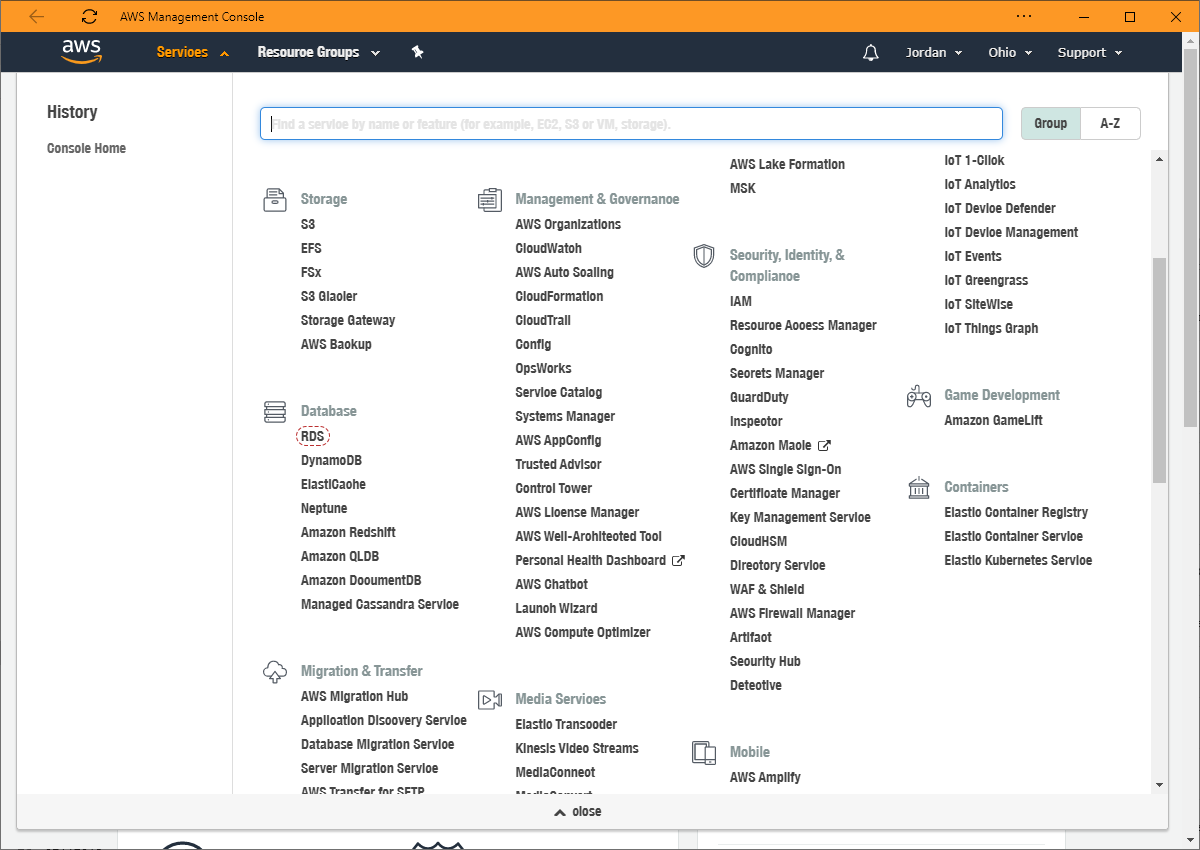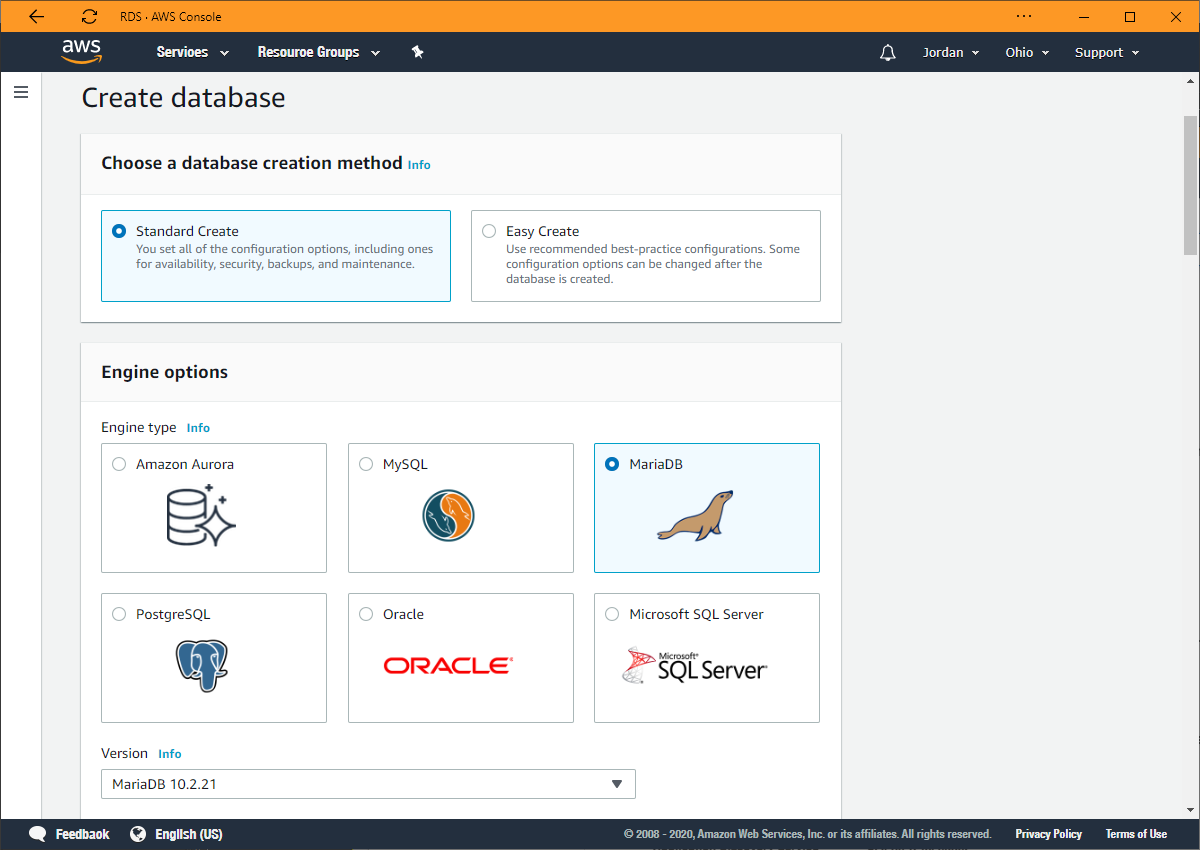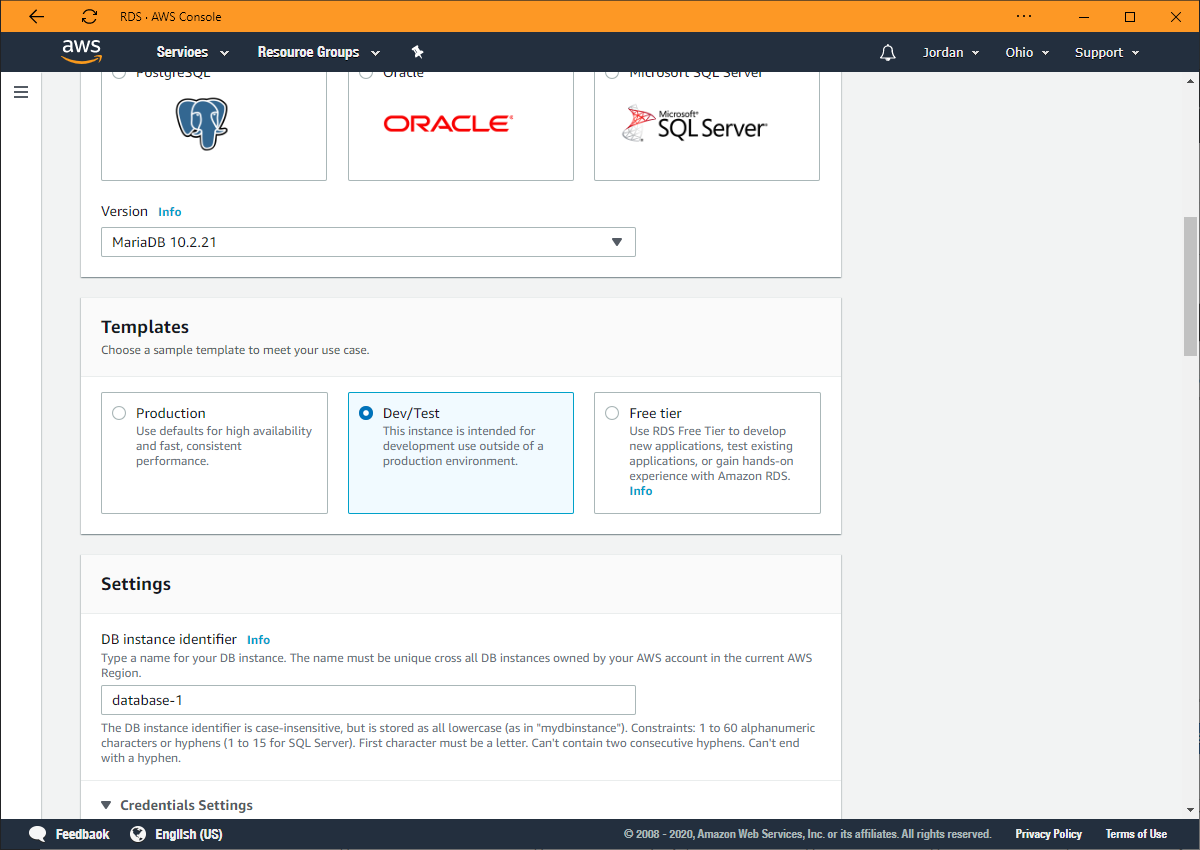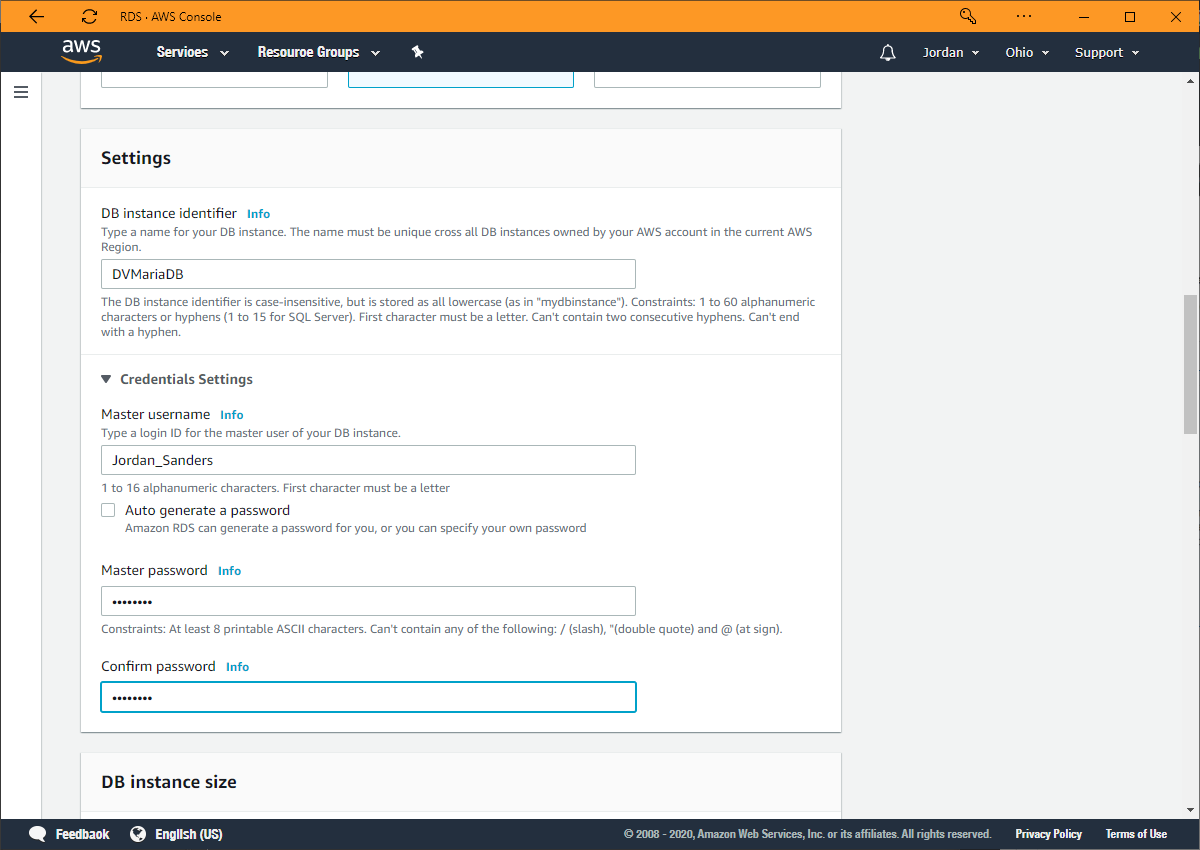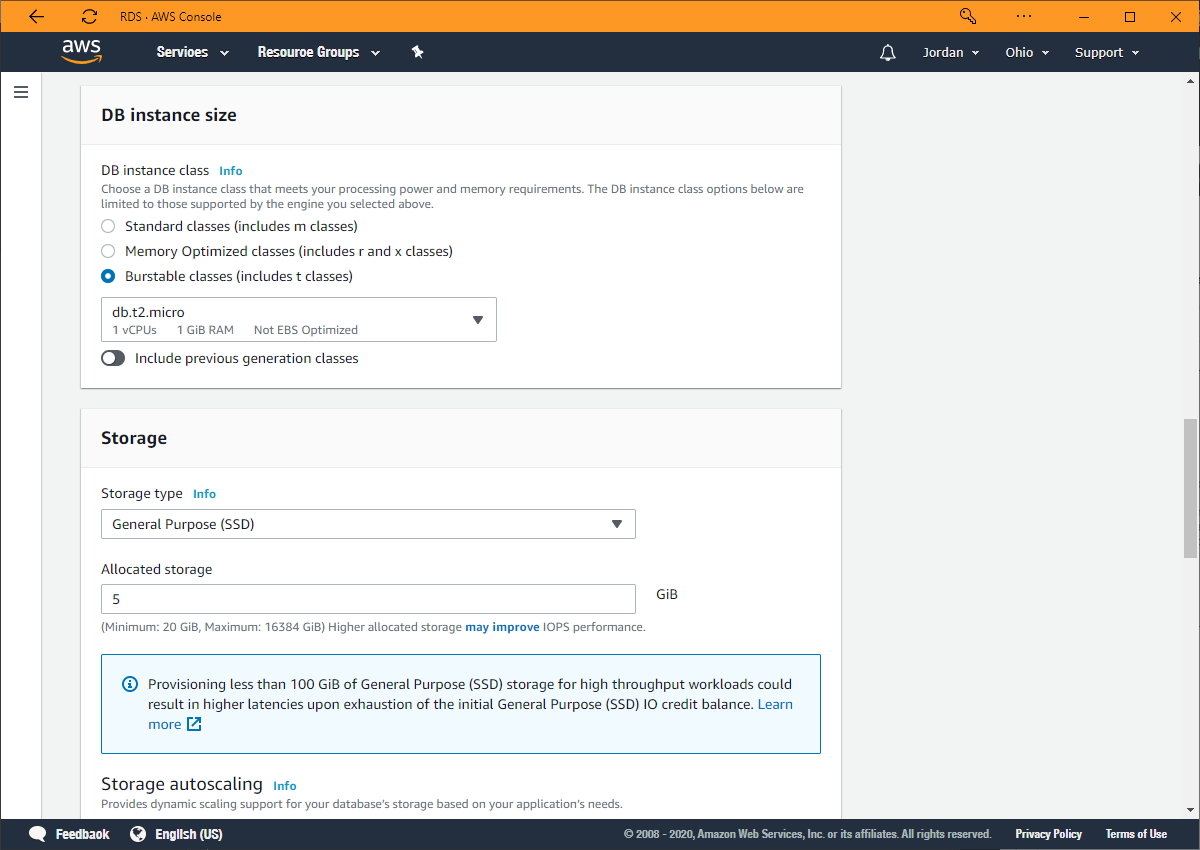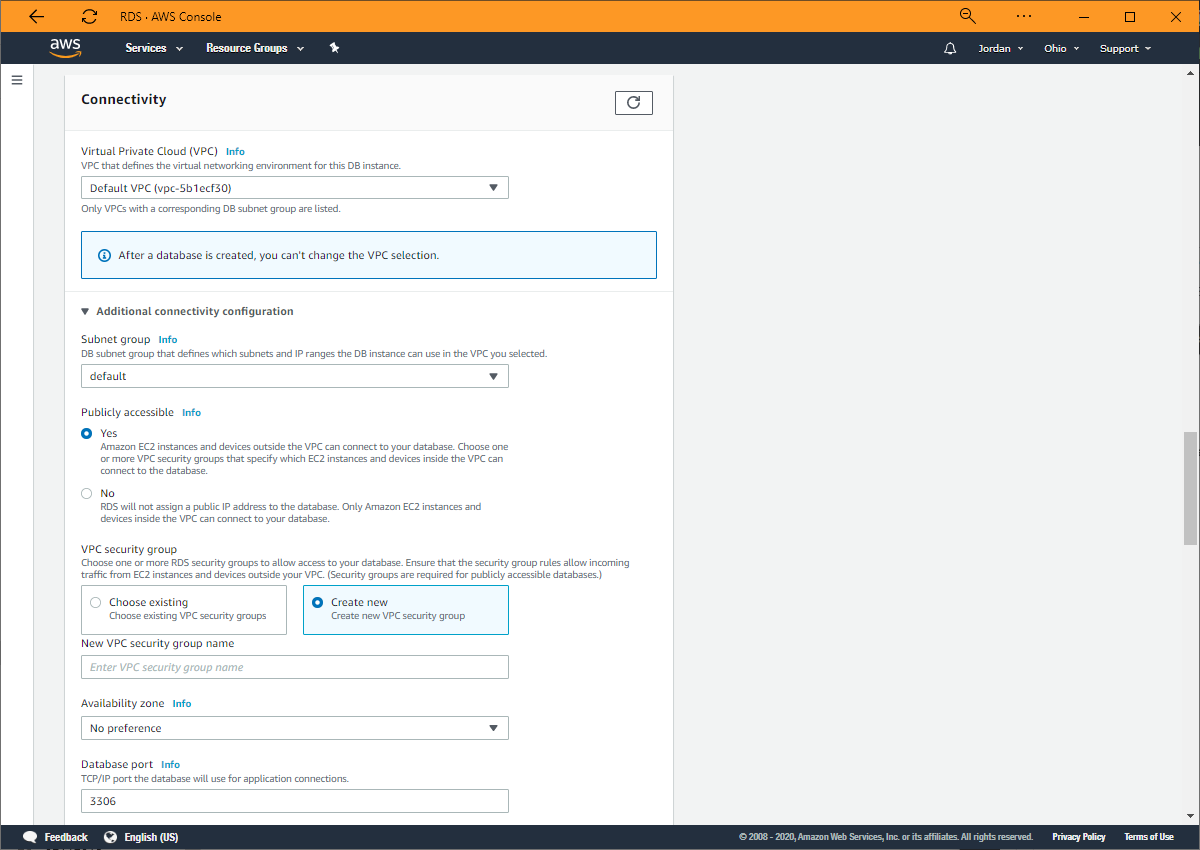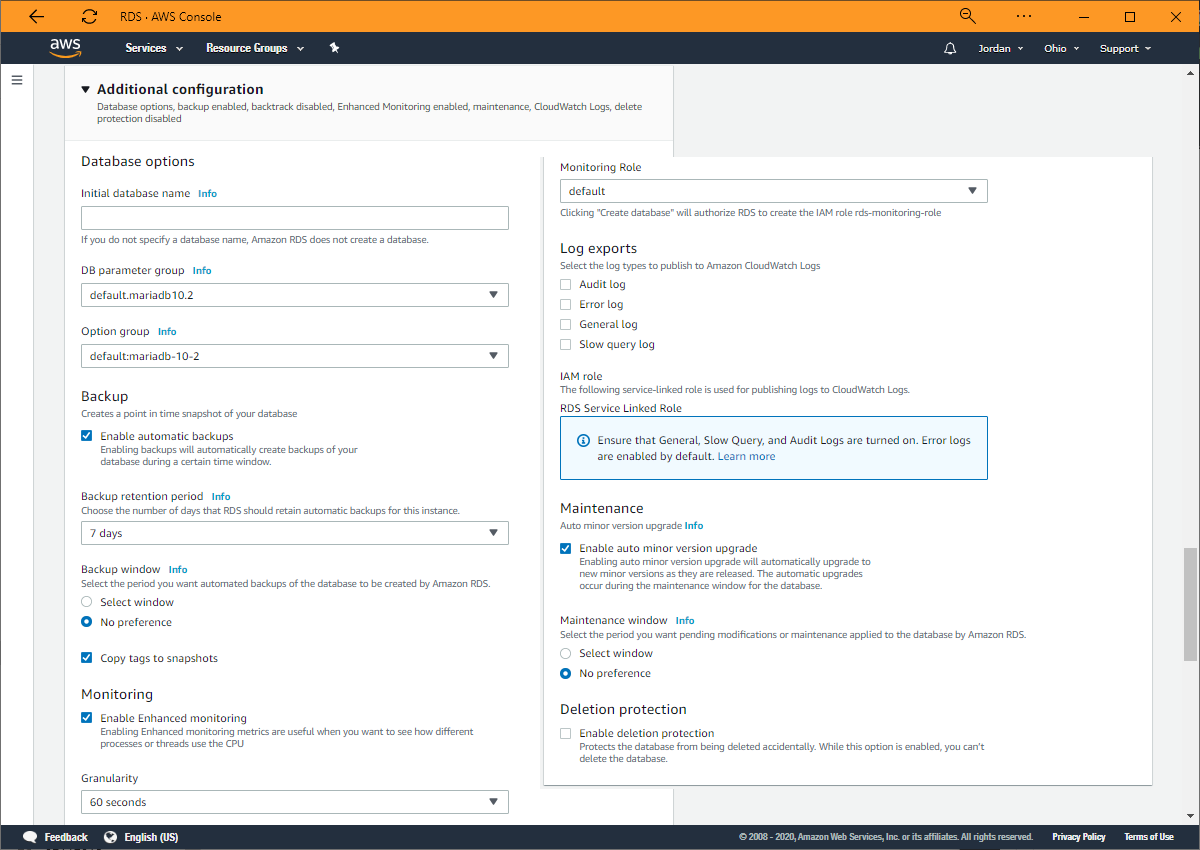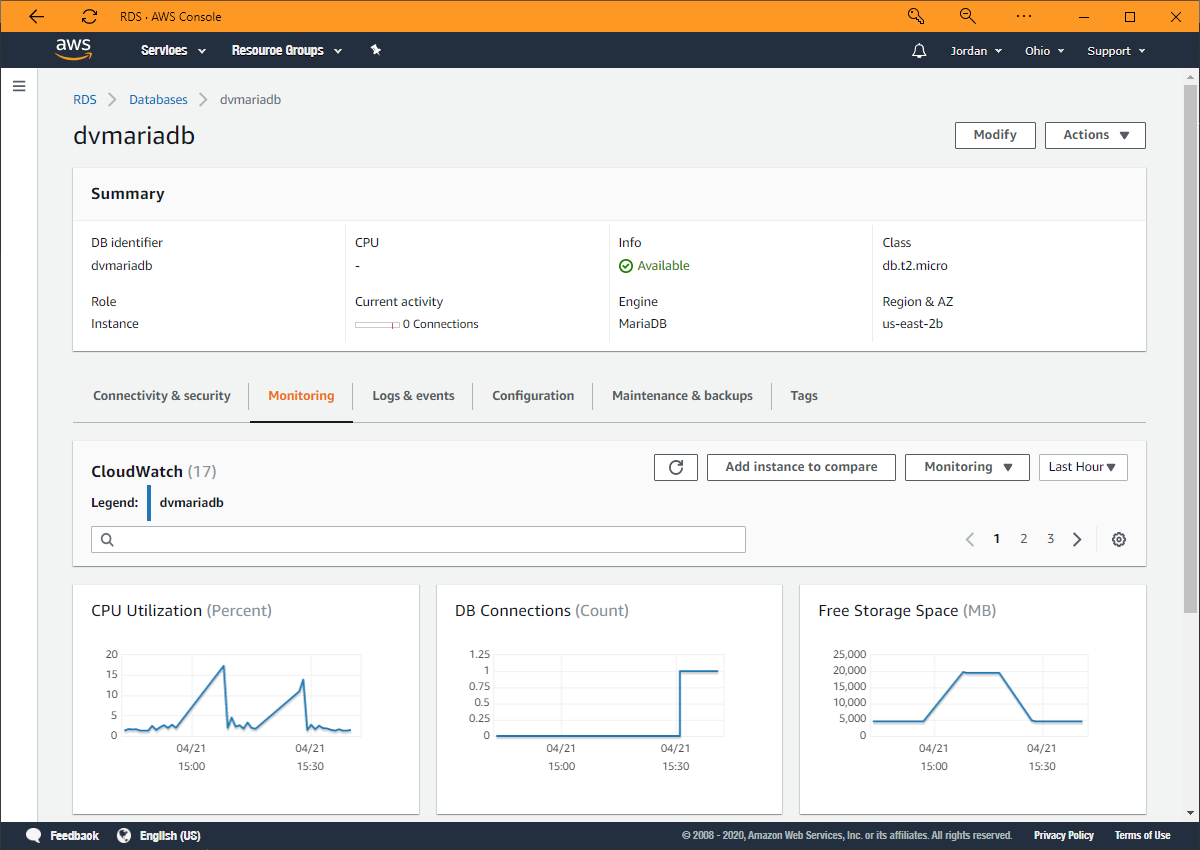Connect to an Amazon RDS MariaDB Database
Amazon RDS currently supports a number of database engines, including MariaDB. Amazon Relational Database Service makes it easy to configure, operate, and scale MariaDB server deployments in the cloud.
With Amazon RDS, you can quickly deploy MariaDB cloud databases that are easy to manage and scale. Amazon RDS for MariaDB attracts users with enhanced performance, simplified security, and high availability.
This guide is intended for developers, database administrators, and IT professionals who need to establish a secure and reliable connection to an Amazon RDS MariaDB database. We're going to show how to significantly simplify the connection process to an Amazon RDS MariaDB database using dbForge Studio for MySQL. The tool supports secure SSL connections, helps manage authentication settings, and offers built-in features to test and troubleshoot connectivity. Once connected, dbForge Studio for MySQL allows users to efficiently explore database objects, execute queries, manage user accounts, and perform other administrative tasks.
